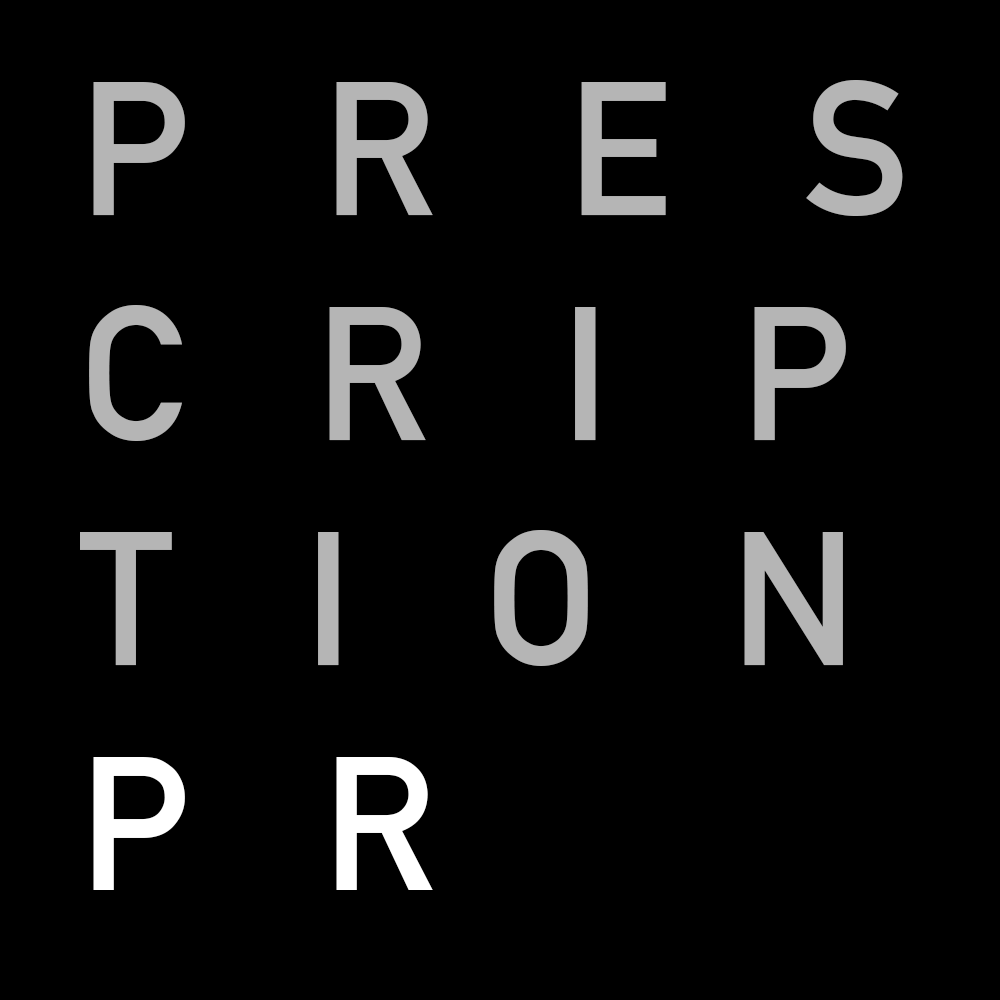How to make the most out of a support slot
Headlining a gig sounds much sexier than being a support act, and bands often get excited at the prospect of being at the top of the bill.
But for most unsigned or new bands it’s often better to play on a bill supporting somebody else.
There are a few reasons why: the most obvious being that to headline a show you need enough fans to fill the venue. Many new bands – by virtue of the fact that they are new – don’t have a sizeable enough following to make a headline show work. We’ve all been to gigs where an enthusiastic but unknown headlining band comes on only to find that the venue has emptied out.
(In some cases, we’ve been that band).
Playing support to another band by contrast gives you a chance to play to full venues and expose your band to another act’s following. It also allows you to play earlier, which can be important if you’d like to invite some industry contacts to see your show.
However, playing further down the bill is not without its challenges.
First, most of the people at the gig are there to see somebody else and are less likely to be paying attention to what you’re doing.
Second, even if you grab these folks’ attention with the quality of your music, it’s easy – human nature being what it is – for those potential new fans to walk away from the venue without catching the name of your band or signing up to your mailing list. When this happens, it means that your support slot arguably becomes little more than a rehearsal in front of a crowd.
However, there are things you can do however to maximise the chances of converting a listener's casual interest into something more useful. I’d suggest two main areas to focus on: increasing the visibility of your band’s name and forging a relationship with members of the headline band’s audience.
Increasing the visibility of your band’s name
Use bass drum heads
Make sure your band’s name is (pardon the pun) drummed into audience’s head. To make a bad pun even worse, a good place to start with this actually involves drums. By using a graphic bass drum head featuring your band’s name (and website URL, if there’s room), you are instantly making it easier for an audience to leave your show with an act name to Google or a website address to enter into a browser.
Use projections
Similarly, you can use projections to ensure an audience can't miss your band name or logo. Not all venues will cater for this, but if they do, it's worth hauling a (cheap) laptop and a VGA cable along to your shows.
Ensure you mention your band’s name on stage
In your head you may need no introduction, but in reality you probably do. You should ensure that your witty stage repartee includes occasional references to your band’s name and website – particularly as you wrap up your set and prepare to leave the stage.
Don’t forget pre-show publicity
Just because you’re not headlining the show doesn’t mean that you should neglect pre-show publicity. Ensure that the venue or promoter you are dealing with lists your band’s name on all promotional materials – posters, websites, flyers etc. This means that the audience of the show may already know your band’s name before you start playing.
Forging a relationship with the main act’s audience
Although there’s scope for quite a few slightly naughty jokes here, by ‘starting a relationship with the audience’ I technically mean capturing as many of the crowd’s email addresses as possible. We have a whole article on how to go about this here, but here’s some quick pointers:
Try to have a mailing list signup form at the door of the venue and on your merch stand.
Leave sign up flyers or cards on every table (these should include details of your Facebook page, website etc.).
Where possible, use smartphones and tablets to capture email addresses directly onto your mailing list.
Be pro-active: if you have somebody who can go into the crowd with a clipboard or tablet and encourage sign-ups to your mailing list, this can drastically improve the number of email addresses captured.
Incentivise: offer a free track in exchange for an email address.
Another thing you should do to maximise sign-up rates is ensure that your website is 100% geared up to capture data effectively: if a member of the crowd looks you up online after the show, it should be blindingly obvious to them how they can sign up.
This can be done using 'welcome mats', pop-up forms (occasionally controversial but usually quite effective) or prominent sign-up boxes embedded onto your site.
Similarly, all your social media links should be to the fore – and where possible use ‘like’ and ‘follow’ buttons rather than icons which have an immediate action.
One final thought on converting fans from headline acts into your own: if you’re in a position to do so, choose your support slots wisely! If you are a soft rock band there’s arguably not much point in supporting a bunch of punk bands all the time. Try to identify your niche, and make sure that you’re supporting acts that are making a similar noise to you.
So now you know how to make the most out of a support slot. The next challenge is how to get one – and we’ll have more to say on that soon…


